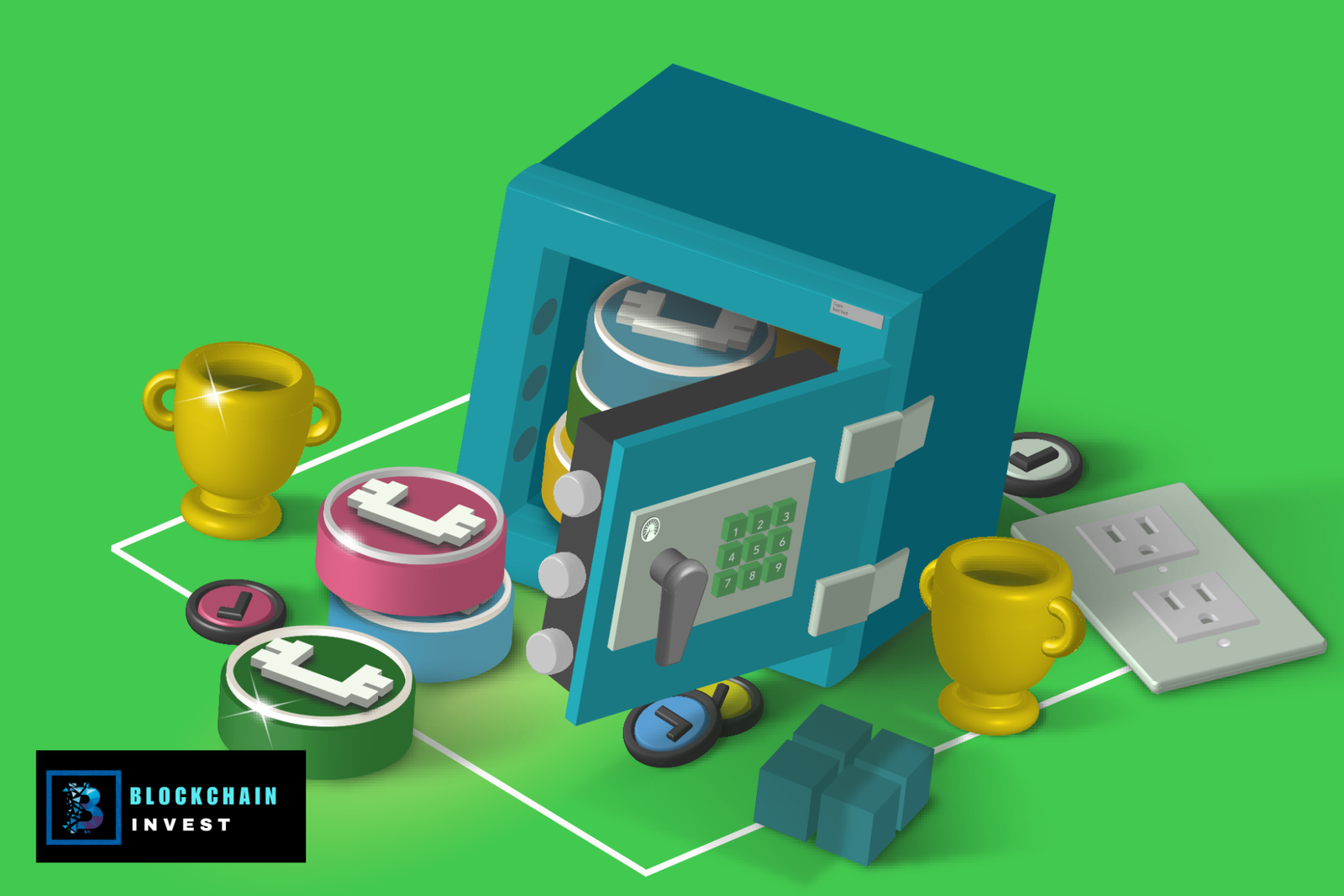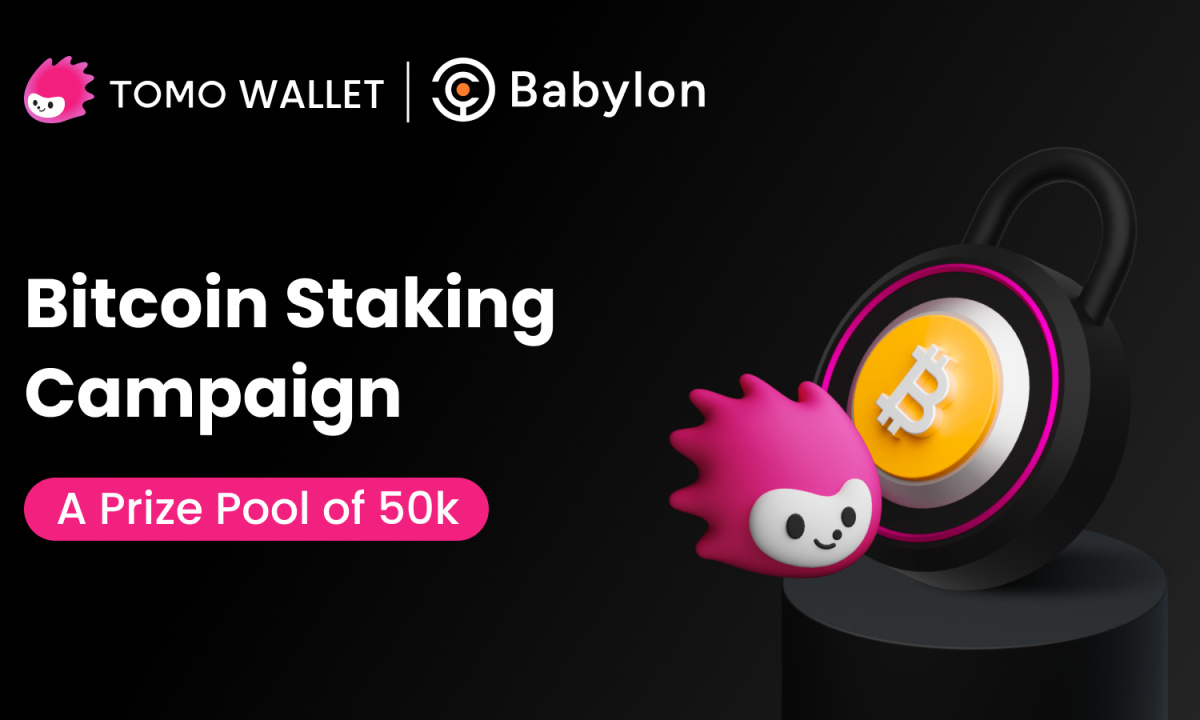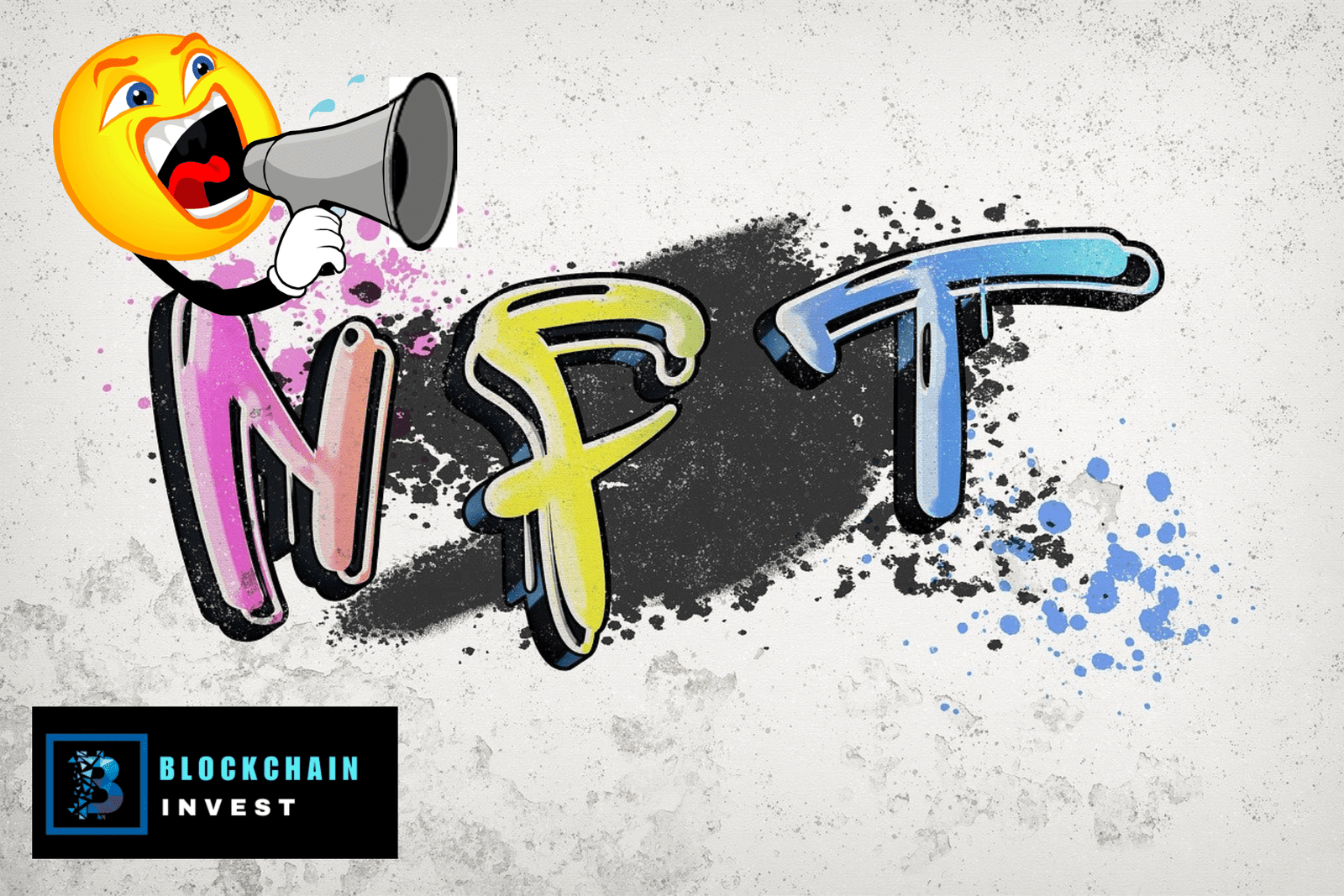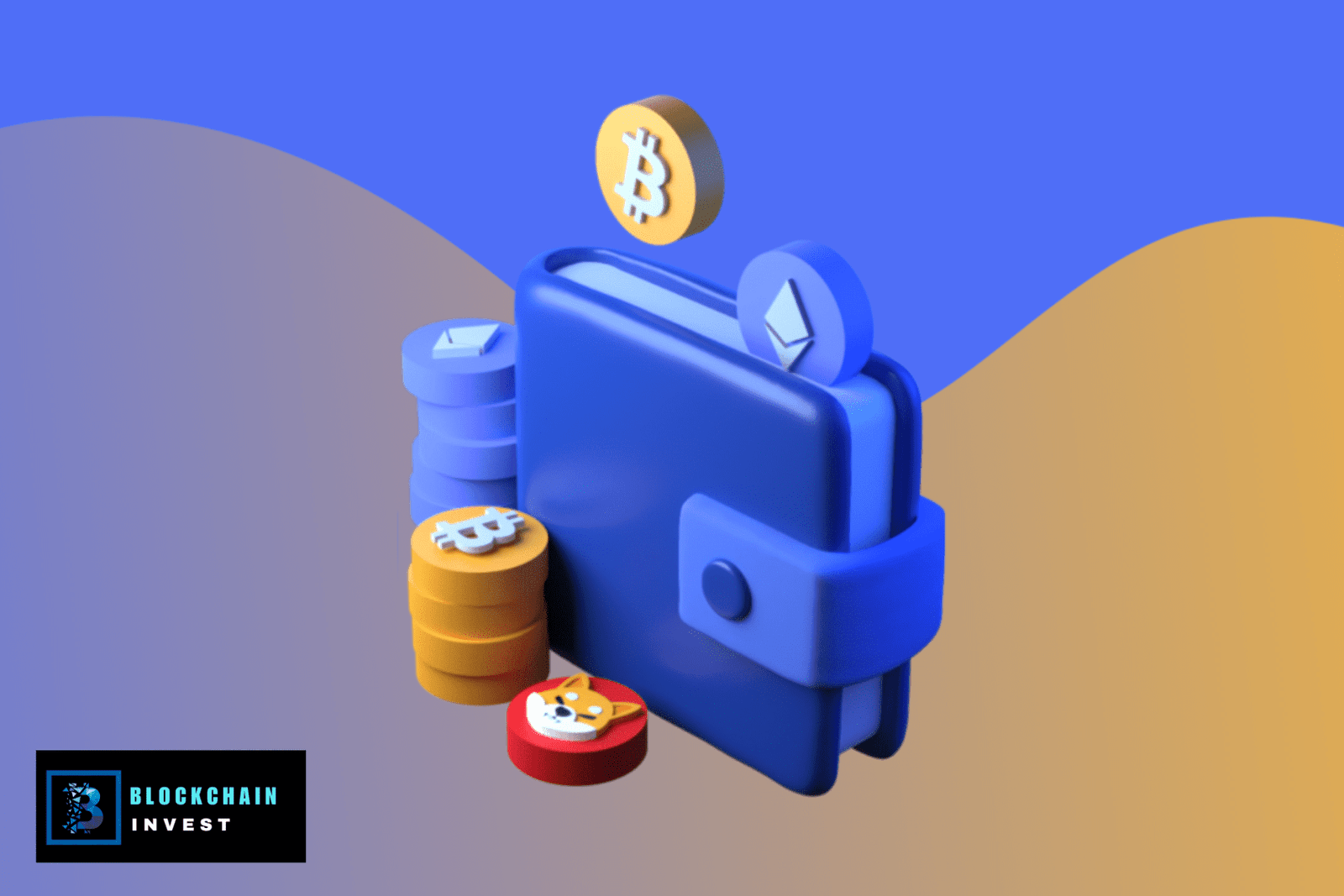Which Crypto Wallets Offer Staking Rewards?
Here’s What’s Inside This Blog Post1 Crypto Staking? Explained Simply1.1 What Is Crypto Staking?1.2 Benefits Of Crypto Staking2 Types

Here’s What’s Inside This Blog Post
- 1 Crypto Staking? Explained Simply
- 2 Types Of Crypto Wallets
- 3 Why Use a Wallet for Staking?
- 4 Top Crypto Wallets For Staking Rewards
- 5 Popular Software Wallets For Staking Rewards
- 6 Supported Coins and Reward Rates
- 7 Top Mobile Crypto Wallets For Staking
- 8 How to Stake with These Wallets?
- 9 Things to Consider Before Staking
- 10 Real-World Examples
- 11 Why Staking Matters in 2025?
- 12 Getting Started with Staking
- 13 Frequently Asked Questions
- 14 Conclusion
Crypto wallets with staking rewards help you earn passive income. They allow you to grow your crypto holdings by staking coins.
Cryptocurrency staking has become a popular method to earn rewards in the crypto world. By staking, you lock up your coins in a wallet to support the network operations. In return, you receive rewards. Not all wallets offer this feature, so it’s important to know which ones do.
Choosing the right wallet can maximize your earnings and enhance your crypto experience. Whether you’re a beginner or an experienced investor, understanding the staking options available can boost your returns.
In this blog post, We’ll explain what staking is, why wallets are a good choice, how to stake, and what to watch out for. This guide is written in simple language for everyone to understand and helping you make an informed decision.
Crypto Staking? Explained Simply
Many crypto wallets offer staking rewards to users. Popular options include Binance, Coinbase, and Trust Wallet. These platforms provide opportunities to earn passive income by staking various cryptocurrencies.
Cryptocurrency staking is gaining popularity. It allows holders to earn rewards. By locking up their assets, they support network operations. This process strengthens the blockchain and offers returns. Let’s explore how staking works and its benefits.
What Is Crypto Staking?
Staking involves holding crypto in a wallet. You lock up your coins to help secure the network. This process supports blockchain activities. Validators confirm transactions and maintain the system. In return, stakers earn rewards. These rewards vary based on the amount staked and the network’s rules.
Benefits Of Crypto Staking
Staking offers several advantages. First, it provides passive income. You earn returns without selling your assets. Second, it supports the blockchain. Stakers help maintain a secure and efficient network. Lastly, staking can increase your crypto holdings. As you earn rewards, your balance grows. This can boost long-term value.

Types Of Crypto Wallets
Exploring the types of crypto wallets can help you choose the best option for staking rewards. Different wallets offer various features. Understanding these can maximize your staking potential. This section breaks down hardware and software wallets. Both have unique benefits. Let’s explore each type in detail.
Hardware Wallets
Hardware wallets are physical devices. They store your crypto offline. This feature makes them very secure. Popular hardware wallets include Ledger and Trezor. These wallets support staking for multiple cryptocurrencies. You connect them to your computer only when needed. This minimizes the risk of hacks.
Staking with hardware wallets often requires extra steps. You may need to use additional software. This software helps manage your staking process. The security benefits usually outweigh the effort. Many users prefer this method for high-value assets.
Software Wallets
Software wallets are applications or online platforms. They offer easy access to your crypto. Examples include Trust Wallet and Exodus. These wallets are user-friendly. You can access them on your phone or computer. Staking is usually more straightforward with software wallets. You can start staking with just a few clicks.
Software wallets often support a wide range of cryptocurrencies. This makes them versatile. They may offer additional features. These include portfolio tracking and exchange services. While convenient, they can be less secure. Always use strong passwords and two-factor authentication.
Why Use a Wallet for Staking?
Staking with a wallet has big advantages over staking on an exchange like Coinbase or Binance. Here’s why:
- More Control: With a wallet, you hold your private keys. This means you fully control your crypto. On exchanges, you trust the platform to keep your funds safe, which can be risky if they get hacked.
- Better Security: Wallets, especially hardware ones, are safer. Hardware wallets store your crypto offline, making it nearly impossible for hackers to steal.
- More Coin Options: Wallets often support staking for a wider range of cryptocurrencies than exchanges. For example, you might stake less common coins like Ontology or Cosmos.
- Lower Fees: Some exchanges charge high fees for staking. Wallets like Exodus often have lower or no fees for staking.
Using a wallet gives you peace of mind and flexibility. It’s a smart choice for anyone serious about staking.
Top Crypto Wallets For Staking Rewards
Are you looking to make the most out of your cryptocurrency investments? Staking rewards can be a great way to earn passive income. But which crypto wallets offer the best crypto staking rewards? Let’s dive into some top wallets that can help you maximize your earnings.
Ledger Wallet
Ledger Wallet is a popular choice among crypto enthusiasts. It’s known for its robust security features and user-friendly interface. Plus, it supports staking for various cryptocurrencies.
Ledger is great for both small and large crypto holders. Its secure chip keeps your funds safe. You can manage staking directly in Ledger Live, choosing validators or pools to earn rewards.
I remember starting with Ledger Wallet for staking Tezos. The setup was quick, and the rewards were impressive. If security is your priority, Ledger is a solid option.
You can stake popular cryptocurrencies like:
- Ethereum (ETH)
- Polkadot (DOT)
- Tezos (XTZ)
- Algorand (ALGO)
- Cosmos (ATOM)
Trezor Wallet
Trezor Wallet is another trusted name in the crypto world. It also offers staking rewards for several cryptocurrencies. Trezor is known for its high level of security and ease of use. Trezor works with software like Trezor Suite or third-party apps like Exodus for staking. It’s a good choice if you want to keep your crypto offline while earning rewards.
When I first used Trezor Wallet to stake Cardano, I was amazed at how easy it was. The rewards started accumulating quickly, making it a rewarding experience.
You can stake coins like:
- Cardano (ADA)
- Polkadot (DOT)
- Tezos (XTZ)
- The Graph (GRT)
- Ethereum (ETH)
- Solana (SOL)
Choosing the right wallet for staking can significantly impact your earnings. Have you tried staking with Ledger or Trezor? What was your experience like?
Popular Software Wallets For Staking Rewards
Popular software wallets offer users the convenience of managing their crypto assets. They also provide the opportunity to earn staking rewards. Below, we explore some of the most popular software wallets that offer staking rewards.
Trust Wallet
Trust Wallet is a versatile and user-friendly wallet. It supports multiple cryptocurrencies. Staking is simple on Trust Wallet. Users can stake coins like Binance Coin (BNB) and earn rewards. The wallet also provides real-time staking statistics. This helps users track their earnings. Trust Wallet is available on both Android and iOS.
Available: Android and iOS.
Exodus Wallet
Exodus Wallet is known for its sleek design. It supports a wide range of cryptocurrencies. Staking on Exodus is straightforward. Users can stake assets like Cardano (ADA) and earn rewards. The wallet offers a built-in exchange feature. This makes it easy to swap between different coins. Exodus Wallet is available on desktop and mobile platforms. You can start staking directly from the wallet’s interface. Exodus is free to use, and its clean design makes it easy to track your rewards. It’s a great option if you want something simple and don’t need a hardware wallet.
Exodus supports staking for several cryptocurrencies, including:
- Cosmos (ATOM)
- Tezos (XTZ)
- Cardano (ADA)
- Algorand (ALGO)
- Solana (SOL)
Available: Desktop and mobile.
Guarda
Guarda is a multi-platform software wallet. You can use it on desktop, mobile, or as a browser extension. It supports staking for coins like:
- Tezos (XTZ)
- Cosmos (ATOM)
- Ontology (ONT)
Guarda also integrates with hardware wallets like Ledger, so you can stake while keeping your crypto extra secure. It’s a flexible choice for users who want to access their wallet on different devices.
Supported Coins and Reward Rates
Here’s a table summarizing the wallets, supported coins, and typical reward rates (Annual Percentage Yield, or APY). Note that APY can vary based on the network and market conditions.
| Wallet | Supported Staking Coins | Typical APY Range |
|---|---|---|
| Ledger | ETH, DOT, XTZ, ALGO, ATOM, TRX, CRO, and more | 4-12% |
| Trezor | ADA, DOT, XTZ, GRT, MATIC, and more | 3-10% |
| Exodus | XTZ, ADA, ALGO, SOL, ATOM, ONT | 5-15% |
| Guarda | XTZ, ATOM, ONT, and more | 4-12% |
| Trust Wallet | BNB, XTZ, ATOM, and more | 5-20% |
Note: APY ranges are estimates based on 2025 data and can change. Check each wallet’s official site for current rates.
Top Mobile Crypto Wallets For Staking
Staking has become a popular method for crypto enthusiasts to earn passive income. Mobile wallets make staking even more convenient, allowing you to manage and grow your assets directly from your smartphone. So, which mobile wallets offer staking rewards? Let’s dive into some of the best options available.
Coinbase Wallet
Coinbase Wallet is a user-friendly option for staking, especially if you are new to the world of crypto. You can easily connect your wallet to your Coinbase account, making it seamless to manage your assets.
One of the standout features is its integration with the Coinbase app, allowing you to see your staking rewards alongside your other investments. The wallet supports staking for popular cryptocurrencies like Ethereum (ETH) and Tezos (XTZ).
Have you ever wondered how much you could earn by staking your crypto? Coinbase Wallet provides detailed insights and projections to help you make informed decisions. This transparency ensures you know exactly what to expect.
Atomic Wallet
Atomic Wallet offers a versatile platform for staking, supporting a wide range of cryptocurrencies. If you’re looking for flexibility, this wallet is a great choice.
One of the unique features of Atomic Wallet is its built-in exchange, allowing you to swap your assets without leaving the app. This makes it easier to manage and diversify your staking portfolio. The wallet supports staking for coins like Cosmos (ATOM), Cardano (ADA), and more.
Ever faced issues with complex staking processes? Atomic Wallet simplifies staking with a user-friendly interface. You can start earning rewards in just a few taps, making it accessible even if you are not tech-savvy.
Available: Desktop and mobile.
Choosing the right wallet can significantly impact your staking experience. Have you tried any of these wallets for staking? Share your experiences and insights in the comments below!
How to Stake with These Wallets?
Staking with a wallet is straightforward, but each wallet has its own steps. Here’s a general guide for each:
- Ledger: Connect your Ledger device to your computer. Open Ledger Live. Go to the “Earn” section, select your coin, and choose a validator or pool. Confirm the amount to stake.
- Trezor: Connect your Trezor to your computer. Use Trezor Suite or a third-party app like Exodus. Select your coin, choose a staking pool, and delegate your funds.
- Exodus: Open the Exodus wallet on your device. Go to the wallet for the coin you want to stake (e.g., Cardano). Click the “Rewards” or “Stake” button, select a validator, and start staking.
- Guarda: Open Guarda on your preferred device. Find the staking option for your coin in the wallet interface. Choose a validator or pool and confirm your stake.
- Trust Wallet: Open the Trust Wallet app on your phone. Go to the coin you want to stake (e.g., BNB). Tap the staking option, select a validator, and confirm.
Always follow the wallet’s specific instructions. Some coins may require a minimum amount to stake, and you might need to wait a few days for rewards to start.
Things to Consider Before Staking
Staking is a great way to earn rewards, but there are a few things to keep in mind:
- Lock-up Periods: Some coins require you to lock your crypto for a set time, like 7 or 28 days. During this period, you can’t sell or move your coins. Make sure you’re okay with this before staking.
- Reward Rates: Rewards aren’t fixed. They depend on the network, how many people are staking, and market conditions. For example, staking Solana might earn 5-8% APY one month and 4-6% the next.
- Risks: Staking is generally safe, but there are risks. If you choose a bad validator, you might earn fewer rewards or, in rare cases, lose some of your stake. Also, if the network has issues, your rewards could be affected.
- Minimum Amounts: Some coins have a minimum staking requirement. For example, Polkadot might require at least 10 DOT to stake directly, though pools can lower this to 1 DOT.
- Crypto Price Swings: The value of your staked crypto can go up or down. If the price drops, your rewards might not cover the loss in value.
To stay safe, only stake with reputable wallets and validators. Research the coins you want to stake and check their staking requirements.

Real-World Examples
Many people use these wallets for staking. For example:
- A user with a Ledger wallet stakes Ethereum through Ledger Live and earns about 4-6% APY.
- Someone with Exodus stakes Solana and gets around 7% APY, as noted in CoinLedger.
- A Trust Wallet user stakes Binance Coin (BNB) and earns up to 20% APY during high-demand periods, according to NinjaPromo.
These examples show how staking can work, but your results will depend on the coin, wallet, and market.
Why Staking Matters in 2025?
Staking is growing in popularity as more blockchains use Proof of Stake. It’s a way to support decentralized networks while earning rewards. In 2025, the crypto market is expected to keep expanding, with more coins offering staking. Wallets like Ledger and Exodus make it easier than ever to get started.
Compared to trading or mining, staking is less risky and doesn’t require expensive equipment. It’s a good fit for people who want to hold their crypto long-term. As NerdWallet points out, staking can be a “win-win” for you and the blockchain network.
Getting Started with Staking
Ready to start staking? Here’s a simple plan:
- Choose a Wallet: Pick one from our list, like Ledger for security or Exodus for ease of use.
- Get a Crypto Wallet: Download the wallet app or buy a hardware wallet.
- Buy Crypto: Purchase coins that support staking, like Ethereum or Cardano, from an exchange.
- Set Up Staking: Follow the wallet’s instructions to stake your coins.
- Monitor Rewards: Check your wallet regularly to see your earnings.
Start small if you’re new to staking. As you get comfortable, you can stake more coins or try different wallets.

Frequently Asked Questions
Which Crypto Wallet Is Best For Staking?
The best crypto wallet for staking is Ledger. It offers top security and supports multiple cryptocurrencies.
Which Crypto Platform Has The Best Staking Rewards?
Binance offers some of the best staking rewards in the crypto market. It provides high returns and diverse options.
Where Is The Best Place To Stake Your Crypto?
The best place to stake your crypto is a reputable exchange like Binance or Coinbase. They offer security, rewards, and ease of use.
Can You Stake Crypto In A Wallet?
Yes, you can stake crypto in a wallet. Many wallets support staking, allowing you to earn rewards. Ensure your wallet supports the specific cryptocurrency you wish to stake.
Conclusion
Staking your crypto with a wallet is a smart way to earn rewards while keeping your funds secure. Wallets like Ledger, Trezor, Exodus, Guarda, and Trust Wallet offer staking for a variety of cryptocurrencies. They give you control, security, and flexibility compared to exchanges. By understanding how staking works and choosing a reliable wallet, you can make your crypto work for you.
Before you start, research the coins you want to stake and their requirements. Be aware of lock-up periods and risks. Staking is a great way to earn passive income, but it’s important to be informed. With the right wallet, you can join the growing world of crypto staking in 2025.
Make informed decisions. Happy staking!












